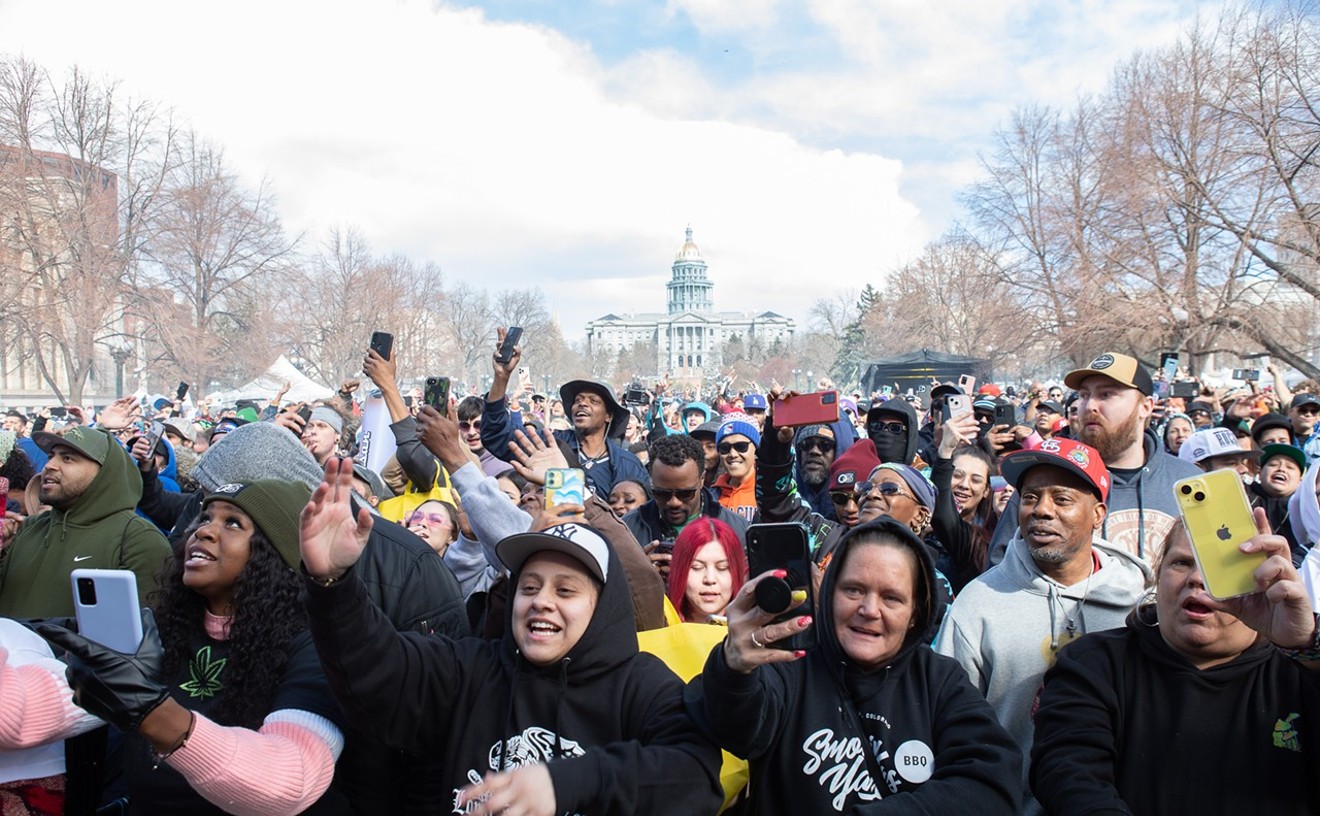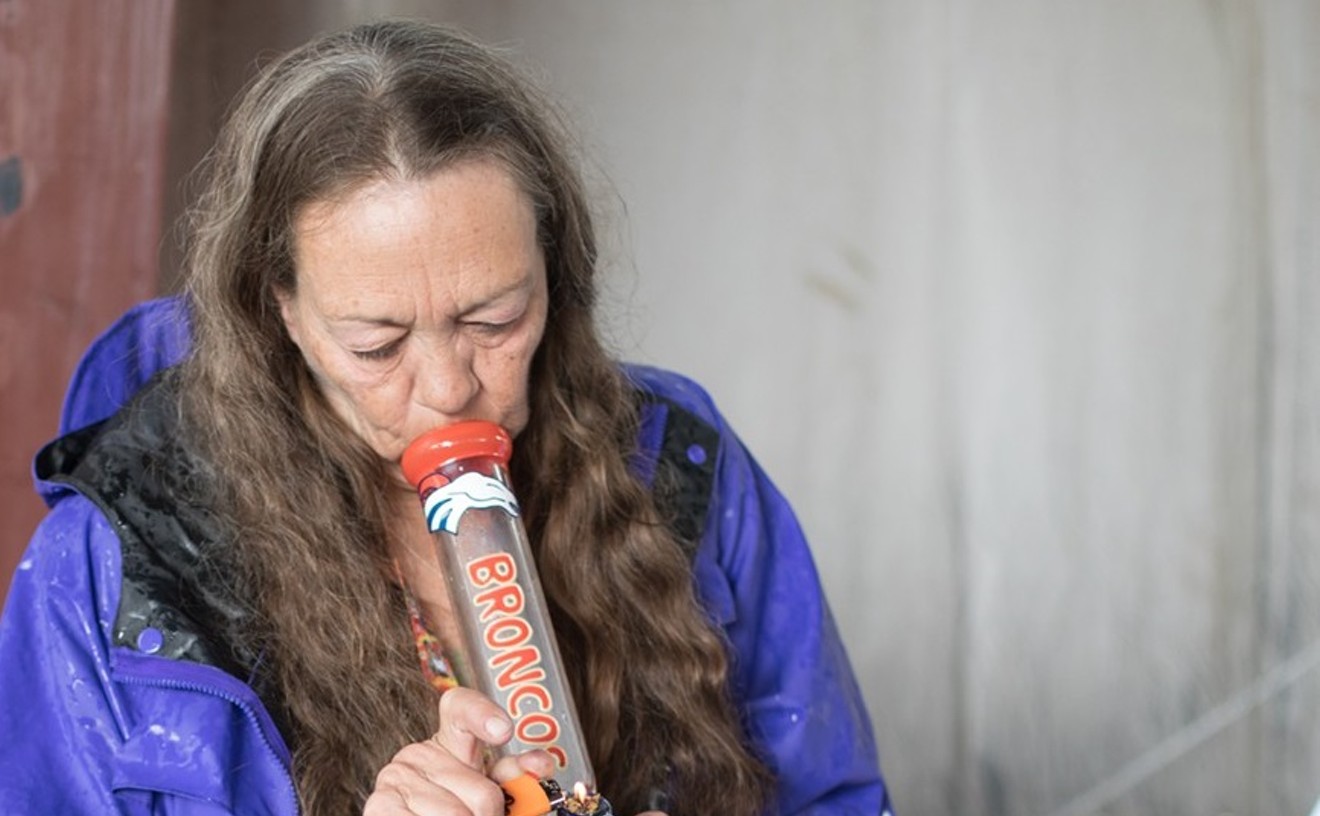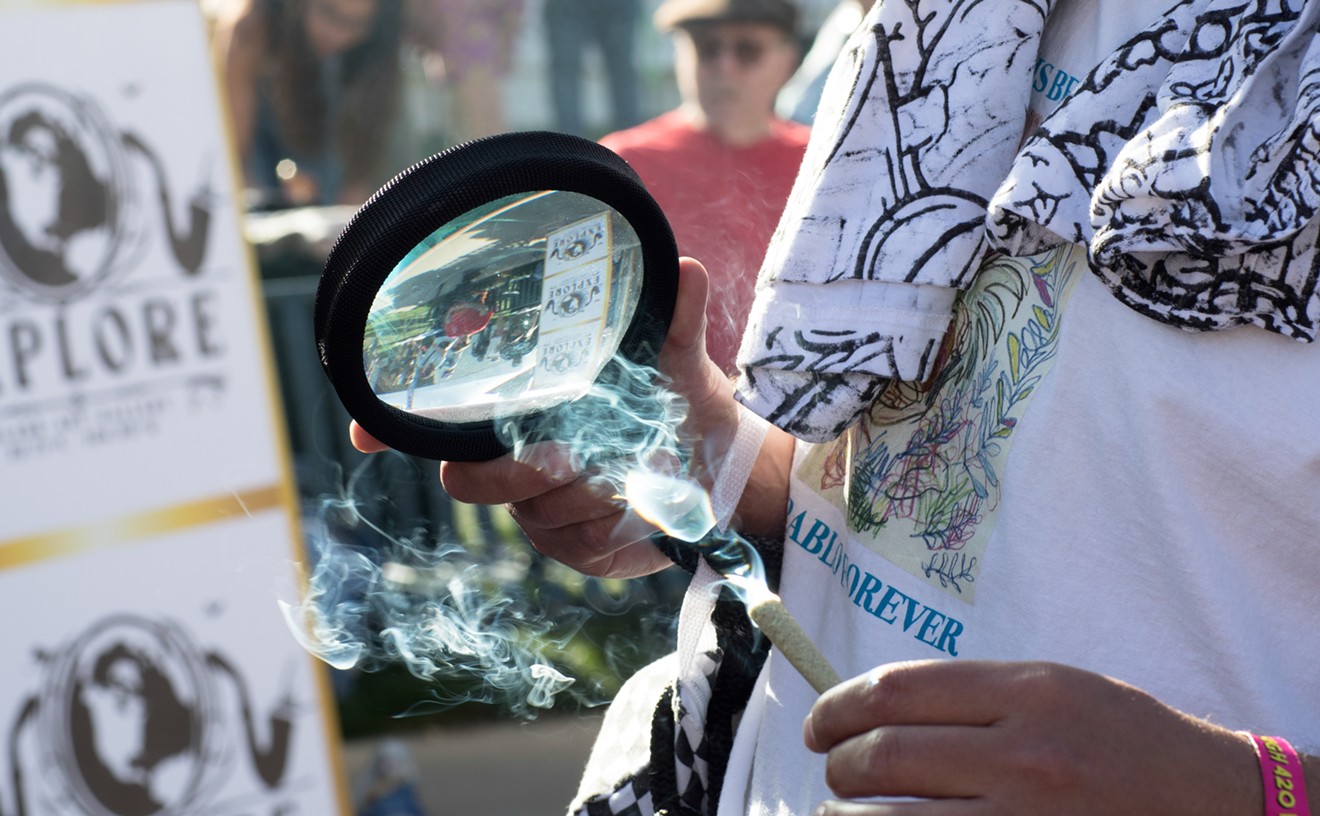The Drug Enforcement Administration recently decided to add cannabidiol to its Schedule I substance list. The change directly affects both hemp and cannabis-derived CBD oil, a substance that is non-psychoactive and has more medical benefits than we can name.
The DEA's move raises a lot of questions, including these: What, exactly, is CBD? And how does it differ from THC?
Tetrahydrocannabinoil (THC) and cannabidiol (CBD) are both natural elements found in the cannabis plant. The chemical compositions may be the same, but to put it simply, THC is psychoactive and CBD is not.
This difference has prompted mislabeling of THC as the "bad" cannabinoid and CBD as the "good" one. But it's not that simple.
We know that cannabinoids affect our endocannabinoid system, specifically our brain and central nervous system. But THC and CBD interact with these areas and their corresponding receptors differently: THC binds well with the cannabinoid 1 receptor, while CBD doesn't stick as effectively; it's like fitting a square peg in a round hole. But because THC fits, the cannabinoid activates and directly stimulates the body.
THC is the most common cannabinoid element found in the cannabis plant. It brings the characteristics that we recognize as a "high," including relaxation, altered senses, fatigue and hunger. It imitates the effects of the naturally produced neurotransmitter anandamide, which impacts sleeping and eating habits. But it has medical applications as well: Studies show that THC can help treat the side effects of chemotherapy, multiple sclerosis and glaucoma.
CBD outshines THC in this arena, though. It's been shown to reduce anxiety and paranoia, serve as an antipsychotic and boost energy. It's also used to treat inflammation and pain. Patients with epilepsy, bacterial infections and intestinal issues can all benefit from taking CBD.
Each marijuana strain is on a THC-to-CBD ratio spectrum: Some have higher levels of THC and lower amounts of CBD, and some the opposite. Strains with the highest CBD levels include Charlotte's Web, Harlequin, Sour Tsunami and Cannatonic.
CBD is most commonly consumed in the form of highly concentrated oil — whether from a marijuana or industrial hemp plant. A marijuana plant can contain nearly 40 percent of CBD extract, as well as other nutrients such as omega-3, vitamins and amino acids. But industrial hemp, which has less than 0.3 percent THC content, is often grown specifically for CBD production.
Clearly, CBD doesn't have the same amount or degree of cognitive effects as THC, but the two can be administered together to create a balance. Adding CBD can mitigate a strong THC strain's high psychoactive properties.
That brings us to the "entourage effect." THC and CBD are only two of more than sixty cannabinoids in the plant. Studies show that although THC gets most of the attention, these molecules all work together synergistically to create versatile, therapeutic benefits. It's a "whole-plant effect" that brings isolated elements in tandem to create different reactions that affect the body.
Many states have already deemed hemp-derived CBD oil a legal and safe product due to its harmless medicinal affects and overall separation from THC-based marijuana, but last week's DEA decision does not make that distinction.
[
{
"name": "Air - MediumRectangle - Inline Content - Mobile Display Size",
"component": "12017618",
"insertPoint": "2",
"requiredCountToDisplay": "2"
},{
"name": "Editor Picks",
"component": "17242653",
"insertPoint": "4",
"requiredCountToDisplay": "1"
},{
"name": "Inline Links",
"component": "18838239",
"insertPoint": "8th",
"startingPoint": 8,
"requiredCountToDisplay": "7",
"maxInsertions": 25
},{
"name": "Air - MediumRectangle - Combo - Inline Content",
"component": "17261320",
"insertPoint": "8th",
"startingPoint": 8,
"requiredCountToDisplay": "7",
"maxInsertions": 25
},{
"name": "Inline Links",
"component": "18838239",
"insertPoint": "8th",
"startingPoint": 12,
"requiredCountToDisplay": "11",
"maxInsertions": 25
},{
"name": "Air - Leaderboard Tower - Combo - Inline Content",
"component": "17261321",
"insertPoint": "8th",
"startingPoint": 12,
"requiredCountToDisplay": "11",
"maxInsertions": 25
}
]










